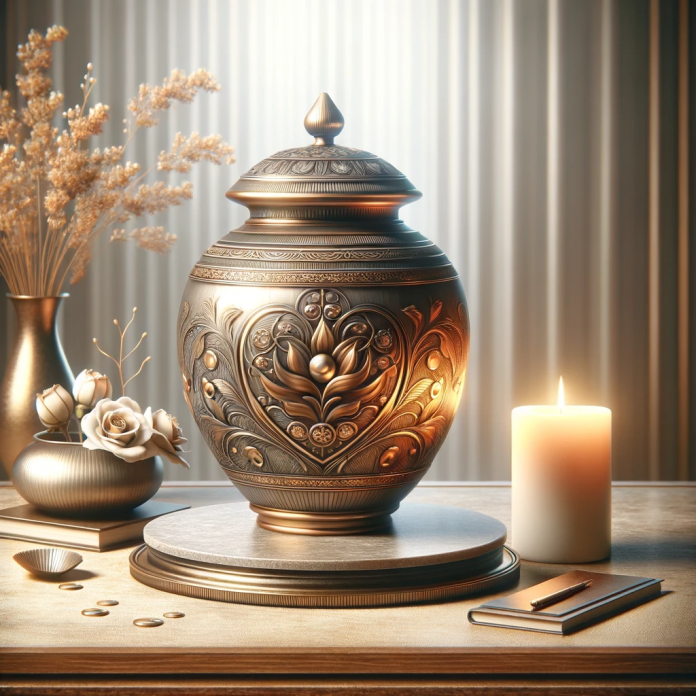Keepsake urns play a significant role in many cultures and societies, serving as a tangible reminder of loved ones who have passed on. These special containers hold a small portion of a deceased person's ashes, allowing family members and friends to keep a part of their loved one close. In this exploration, we delve into the use of keepsake urns, their significance, and how they contribute to the grieving process.
The History of Keepsake Urns
The practice of using urns to store the ashes of the deceased dates back thousands of years, with origins in ancient cultures. The Greeks, for instance, used beautifully crafted urns for this purpose, often decorated with intricate designs and images depicting the life of the deceased.
Over time, the use of urns evolved, and smaller versions, known as keepsake urns, came into existence. These were designed to hold a small amount of ashes, allowing multiple family members to each have a personal remembrance of their loved one.
The Evolution of Keepsake Urns
Initially, keepsake urns were simple in design and made from common materials such as clay or stone. However, as societies advanced and new materials and techniques were discovered, the design and craftsmanship of keepsake urns also evolved.
Today, keepsake urns are available in a wide range of materials, including ceramic, metal, wood, and even glass. They are often intricately designed and can be personalized to reflect the personality or interests of the deceased.
The Significance of Keepsake Urns
Keepsake urns serve a dual purpose. On one hand, they are a physical container for a loved one's ashes. On the other hand, they are a symbolic representation of the person's life and the memories shared with them.
For many, having a keepsake urn provides a sense of comfort and connection to the deceased. It serves as a tangible reminder of their presence and can help in the grieving process. It's not uncommon for individuals to speak to the urn or hold it during times of sadness, drawing solace from its presence.
Keepsake Urns as Heirlooms
Keepsake urns often become family heirlooms, passed down from generation to generation. This practice not only keeps the memory of the deceased alive but also connects future generations with their ancestry.
Some families even have traditions associated with these urns, such as placing them in a particular spot in the house or including them in family gatherings and celebrations. These traditions further enhance the significance of keepsake urns in preserving family history and heritage.
Choosing a Keepsake Urn
Choosing a keepsake urn is a deeply personal decision. It involves considering factors such as the deceased's personality, their preferences, and the kind of memorial you wish to create.
Some people prefer simple, understated urns, while others opt for more elaborate designs. The material of the urn is also an important consideration, with each offering a different aesthetic and level of durability.
Personalizing Keepsake Urns
Many individuals and families choose to personalize their keepsake urns. This could involve engraving the deceased's name, dates of birth and death, or a special message on the urn. Some even choose to include symbols or images that were significant to the deceased.
Personalizing a keepsake urn adds an extra layer of meaning and can make the urn feel even more connected to the deceased. It's a way of celebrating their life and the impact they had on those around them.
Conclusion
Keepsake urns are more than just containers for ashes. They are a symbol of love, remembrance, and connection. They help us keep our loved ones close, even after they have passed on, and play a significant role in the grieving process.
Whether simple or elaborate, personalized or traditional, keepsake urns are a testament to the enduring nature of love and the human desire to remember and honor those who have touched our lives.


-banner.png)





